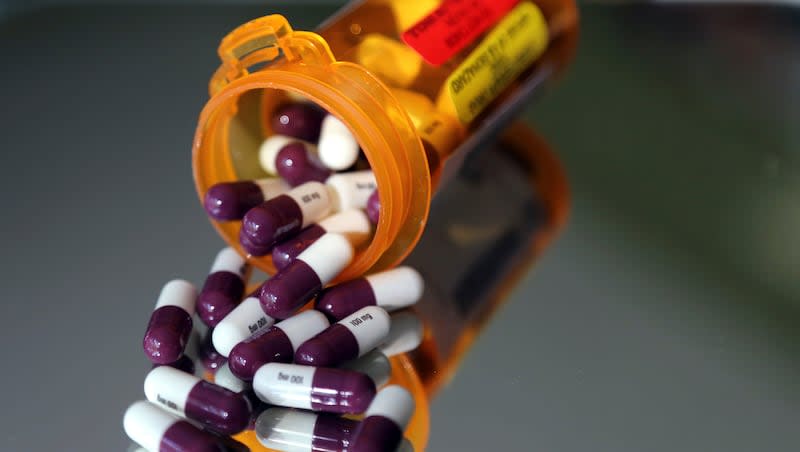Why you should not store your medicine in the bathroom medicine cabinet

In a serious case of mistaken identity, someone somewhere decided to call that little cabinet in your bathroom the medicine cabinet and the name stuck. But experts say that’s a great place to put literally anything else.
The problem is, storing prescription and over-the-counter drugs there breaks every rule of safe medication storage.
As Baystate Health reported, “In general, most medicines should be stored at 59 to 77 degrees F in a cool, dry place away from sunlight. That temperature range is important. Both excessive heat and cold can have significant impact on how well medications — both prescription and over-the-counter — do their jobs. While that might not be a big deal for a daily vitamin, the impact of a less-than-effective heart medication or asthma inhaler has the potential to be dangerous or even fatal.”
The bathroom is warm and often humid, courtesy of baths and showers, which is certainly not ideal for medication that needs to be in a cool, dry place to avoid degrading. And that’s not the only downside to storing medication in what is typically a very high-traffic area of the home. As WebMD notes, “Anyone you share your home with can easily get to your medicine cabinet. If you’re trying to keep medications out of the hands of young children, people struggling with substance use or teens with mental health issues, even a kitchen cabinet may not be the best place to store pills.”
A 2021 study published in the journal Innovations in Pharmacy found lots of problems with how people store medication. Just under a quarter stored their medications properly. Among other things, the study found people who left a medication out on a countertop or in other too-accessible locations. And temperature control? Forget it.
“The kitchen, bathroom and garage are inappropriate storage facilities if a medication requires a tightly controlled temperature,” the researchers wrote. They also noted a tendency to pick a way to store medicine, without considering different storage needs for different medications. “Immediate release and extended-release formulations of certain medications have different recommendations for storage,” they added. Besides that, some medications are light sensitive, while others require a certain temperature. Both kitchens and bathrooms — the most common storage locations in the study — have temperature and humidity fluctuations.
Keeping kids safe
The Centers for Disease Control and Prevention reported that every year, “Approximately 35,000 young children are treated in emergency departments after getting into medicines on their own or after dosing errors by adults. After ensuring that your children get the right amount of medicine, it’s just as important to make sure that the medicine is immediately returned to a safe storage location.”
Another concern: The Journal of the American Academy of Child Adolescent Psychiatry reported that more than half of teenagers who became addicted to prescription medication first obtained it by taking someone’s medication that was in the home, prompting experts to caution parents to think hard about where and how to store prescription medication if they have teenagers.
You also want to keep medication away from pets.
Tips for safe storage and disposal
The CDC and Answers LLC offer rules for storing medications properly:
Choose a safe spot. The CDC says to put medications out of reach and out of sight of children.
Lock the safety cap.
Store them in a cool, dry place. Cold, light, heat and moisture can all impact medicine in negative ways, affecting the potency.
Keep them where children can’t get at them. The CDC says as many as 35,000 children are treated each year for ingesting medicines that belong to other family members.
Leave medications in their original container. That not only lets you see what the medication is and dosing instructions, but containers are also designed to provide some protection in terms of temperature, light and moisture.
Pay attention to medication storage needs when you travel. In a car, a medicine might need to be in a cooler, for instance. On a plane, prescription medication should be in a carry-on bag. And medications should be in their original containers, as well.
Don’t keep old drugs or drugs you no longer need on hand. Dispose of them properly and do it regularly. But don’t dump them down a toilet or drain. The best disposal for prescriptions is through a drug safe disposal program in your community.
Remind guests and other visitors to keep their medications out of reach when visiting, especially if you have young children. And do that yourself when visiting others’ homes.
Keep the number for your local poison control center handy, in case: 800-222-1222.
Medline Plus said to remove the cotton ball from medicine, since it “pulls moisture into the bottle.” It’s appropriate, that article adds, to ask the pharmacist if a prescription has special storage instructions.

